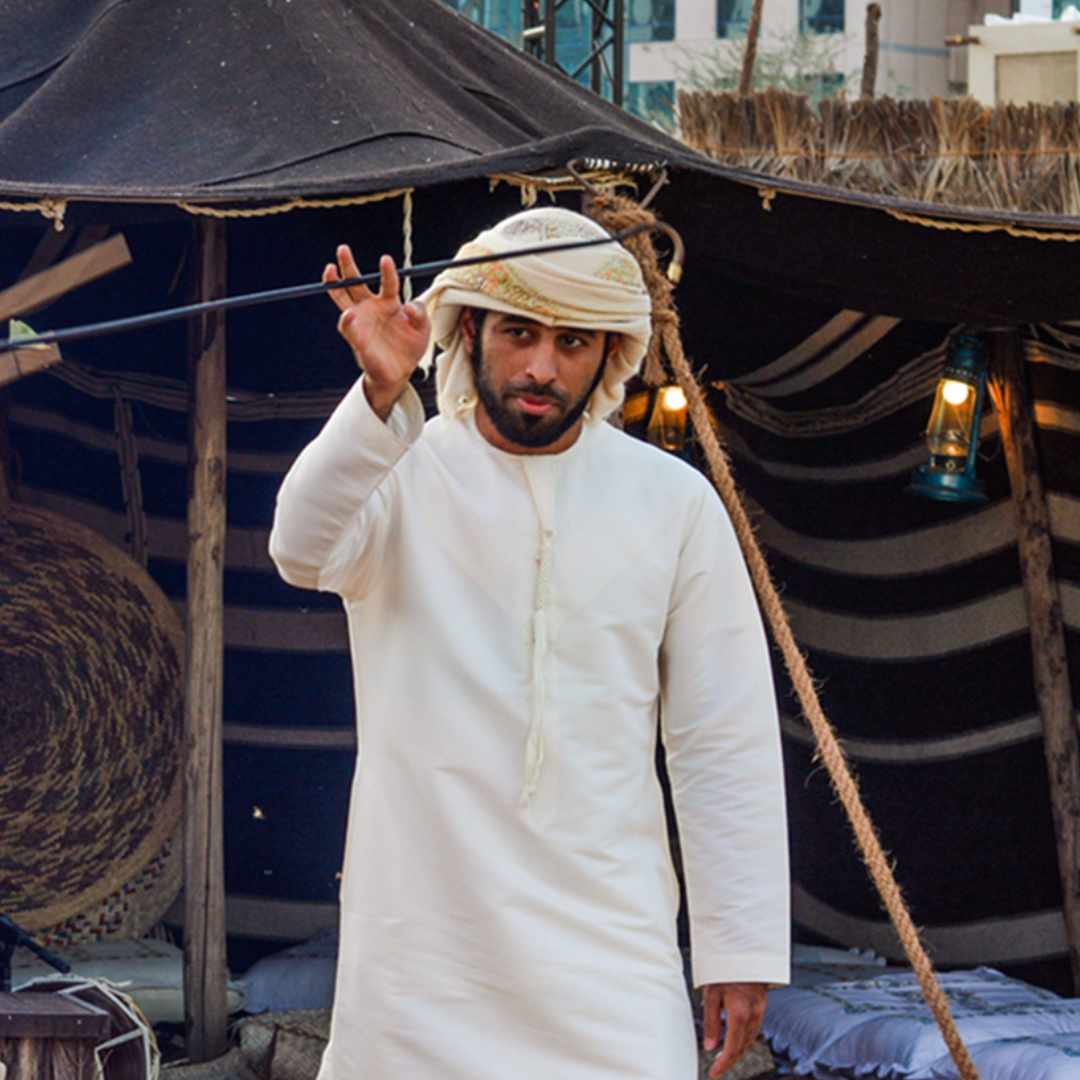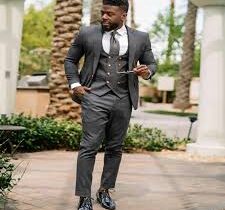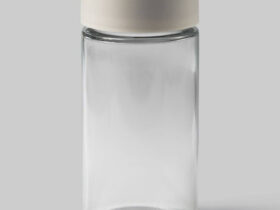A New Language of Luxury
True luxury often speaks softly. In a world driven by logos and seasonal trends, the modern Emirati thobe—or kandura—stands out through simplicity rather than excess. It embodies quiet confidence, comfort, and grace. The thobe’s crisp silhouette and immaculate tailoring express a sense of refinement that transcends cultures. It is a garment that doesn’t need embellishment to feel elevated; its elegance lies in precision, proportion, and purity.
As fashion shifts toward minimalism and authenticity, the Emirati thobe has emerged as a symbol of understated sophistication. More than traditional attire, it represents a lifestyle defined by purpose and poise—a blueprint for minimalist men’s fashion that values timeless design over passing trends.
Rooted in Culture and Craft
The origins of the kandura stretch deep into the Arabian Peninsula’s history. Traditionally crafted for the desert climate, it offered practicality first: light fabric to reflect the sun, a relaxed cut to allow airflow, and pale colours to stay cool. But over time, it evolved into far more than functional wear—it became a reflection of Emirati identity and pride.
Each region within the UAE has its own subtle variation. The Abu Dhabi kandura, for instance, features no collar and a sleek tassel known as the tarboosh, while versions from Dubai or Sharjah might include slight differences in stitching or neckline shape. These details, though minimal, signify attention to heritage and precision—qualities that now define luxury tailoring worldwide.
To wear a thobe in Emirati society is to participate in a shared cultural language of respect and dignity. The garment symbolises unity and continuity, yet its design naturally lends itself to modern adaptation. This is what makes it such a powerful influence in global menswear today.
Design That Inspires the World
When examined closely, the kandura shares the same principles that guide Western minimalist fashion. Designers in Paris, Milan, and Tokyo have long celebrated the power of clean lines, neutral tones, and unbroken silhouettes—the same qualities the Emirati thobes have embodied for centuries.
The structure of a thobe is almost architectural. Its straight seams, absence of visible fastenings, and balanced proportions align perfectly with the aesthetics of modern menswear. Brands like The Row and Jil Sander, often hailed for their minimalist purity, echo a philosophy long present in the Gulf: luxury achieved through restraint.
Even in tailoring, the influence is unmistakable. The way the thobe drapes from shoulder to hem mirrors the precision of a bespoke overcoat or tunic, yet it does so with a natural ease. It’s a garment that moves gracefully with the wearer—fluid, breathable, and timeless.
The growing global fascination with modest and minimalist dressing owes much to this design ethos. Fashion has come full circle, rediscovering what the Emirati thobe has always known: that simplicity is the highest form of sophistication.
Reinvented for the Modern Man
In recent years, the kandura style has evolved beyond tradition without losing its essence. Designers across the Middle East and beyond are experimenting with fabric innovation—lightweight cotton-silk blends, breathable linens, and sustainable bamboo fibres are replacing the heavier weaves of the past. These updates make the thobe even more suitable for contemporary lifestyles, where comfort meets versatility.
Colour is another subtle evolution. While the classic white thobe remains the gold standard, especially in formal and religious settings, modern variations now appear in shades of sand, grey, navy, and even olive. These tones retain elegance while offering men more ways to integrate the thobe into everyday wardrobes.
Collaborations between Emirati designers and international fashion houses have also elevated the garment’s global presence. Capsule collections featuring reimagined thobes have appeared on runways in Paris and Milan, styled with sneakers, tailored coats, and minimalist accessories. These reinterpretations highlight how naturally the thobe aligns with contemporary fashion values—effortless style, clean structure, and timeless appeal.
What’s most striking is how the thobe’s influence extends beyond its fabric form. Its design philosophy—focused on balance, movement, and purity—has quietly informed modern luxury menswear. From flowing overcoats to collarless shirts, echoes of the Emirati aesthetic are now visible in collections worldwide.
For many men in the UAE, the thobe continues to evolve within their own wardrobes. Younger generations are blending it with global streetwear or pairing it with luxury watches and modern footwear. The result is an everyday look that feels authentic, current, and distinctly Emirati.
A Global Symbol of Modern Elegance
The Emirati thobe has transcended borders, becoming more than a national dress—it’s a cultural export shaping the future of men’s fashion. Its effortless lines, neutral palette, and refined tailoring resonate with the global shift toward simplicity and sustainability. As the fashion world redefines what luxury means, the thobe stands as proof that true elegance is timeless, not trend-driven.
For designers, it offers inspiration. For wearers, it offers confidence. And for the modern man, it offers a lesson in balance—between heritage and innovation, comfort and sophistication, minimalism and meaning.
In many ways, the thobe embodies what the modern world is searching for: authenticity, craftsmanship, and calm. Its quiet strength reminds us that the most powerful statements are often made without words, stitched instead into the very fabric of everyday life.









Leave a Reply